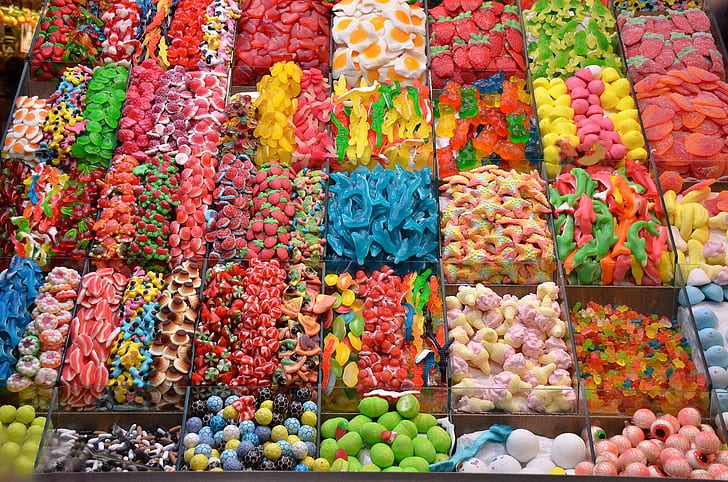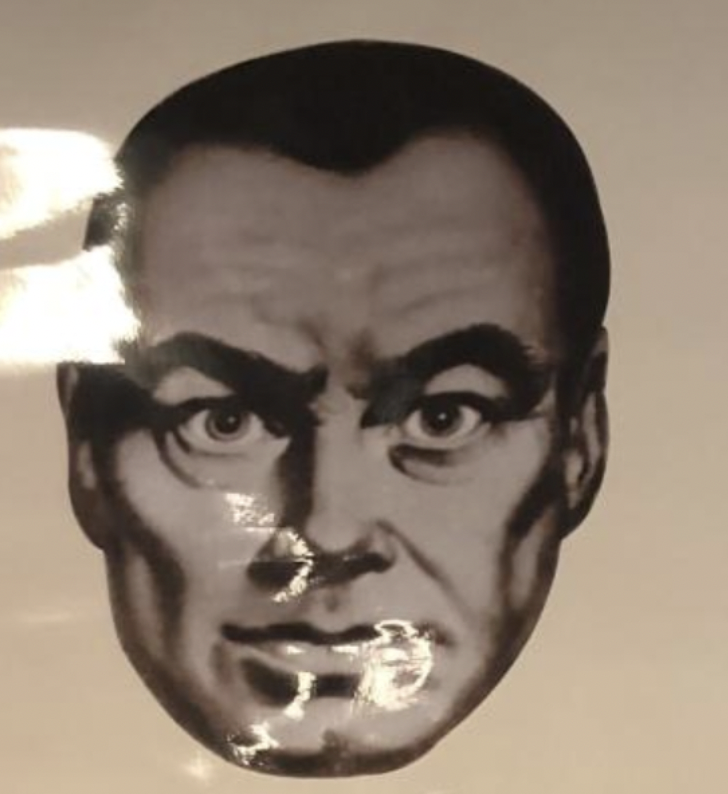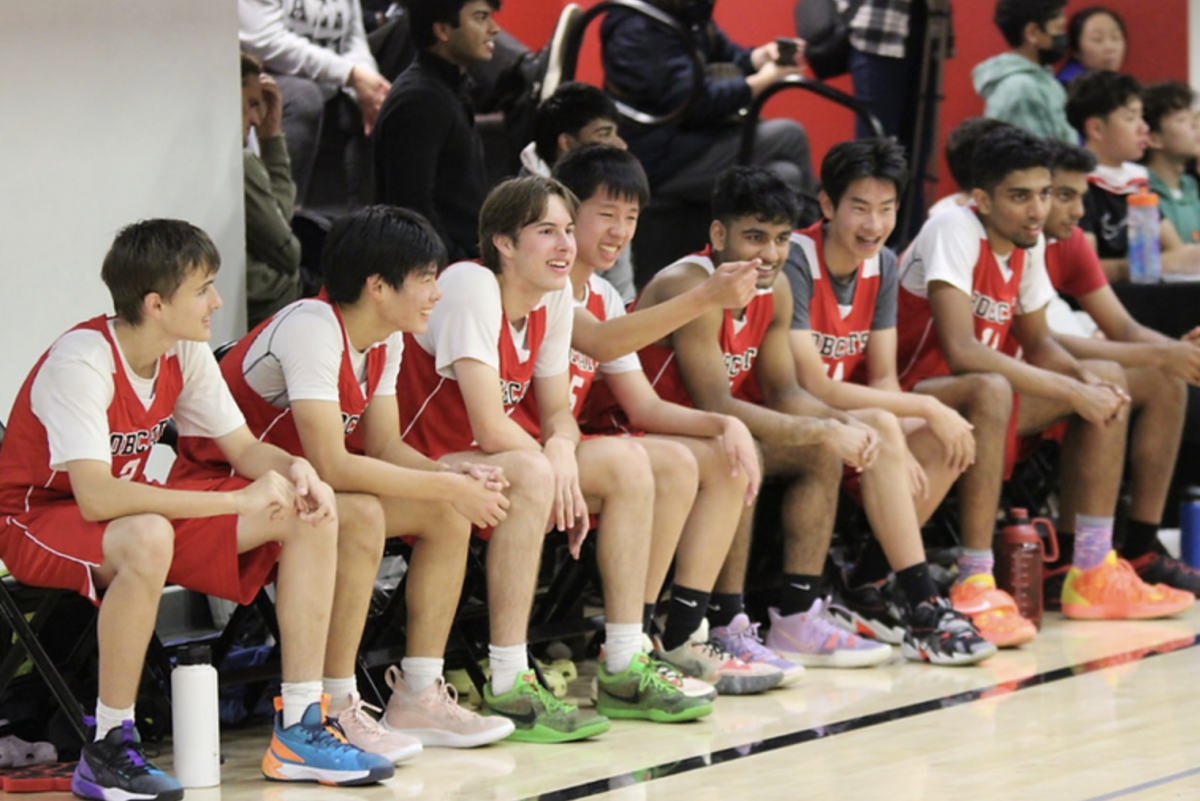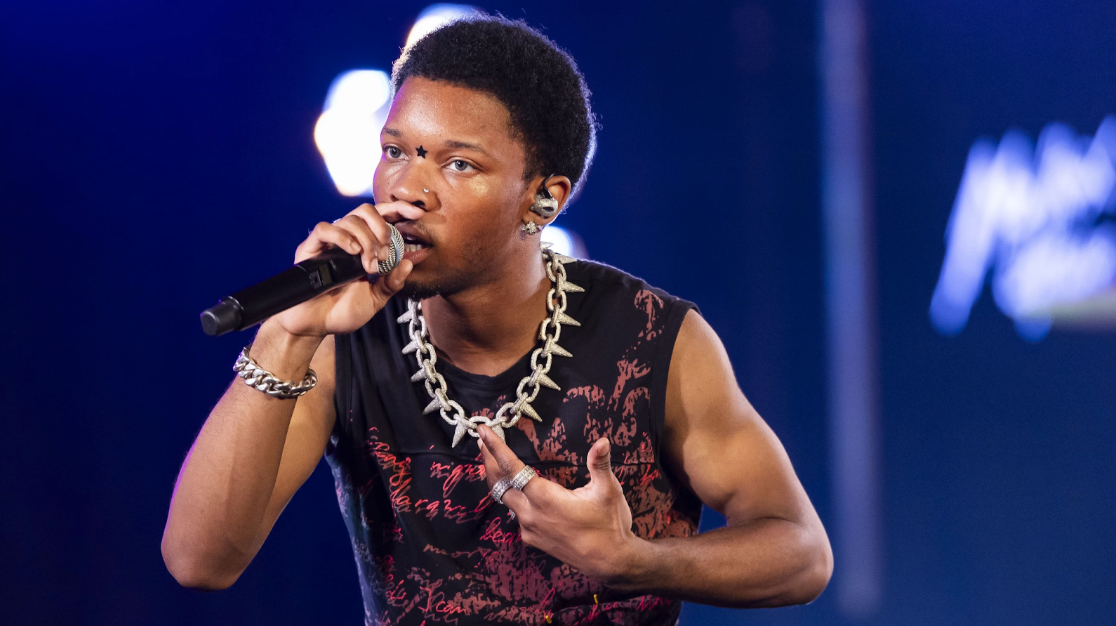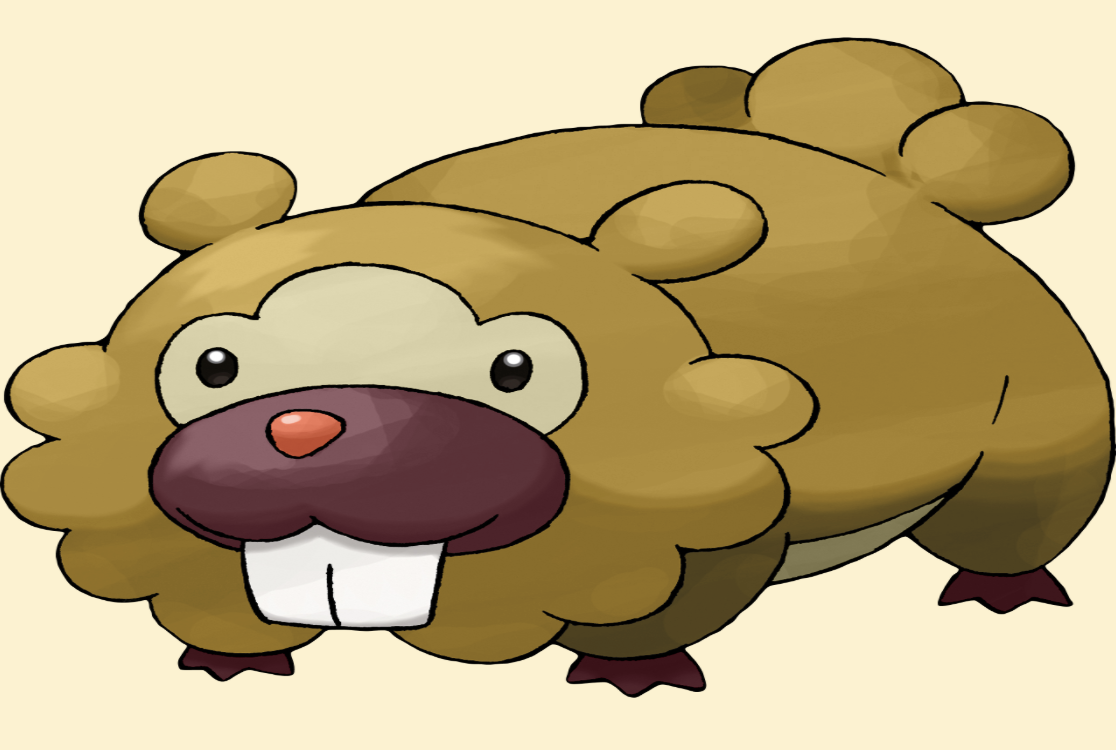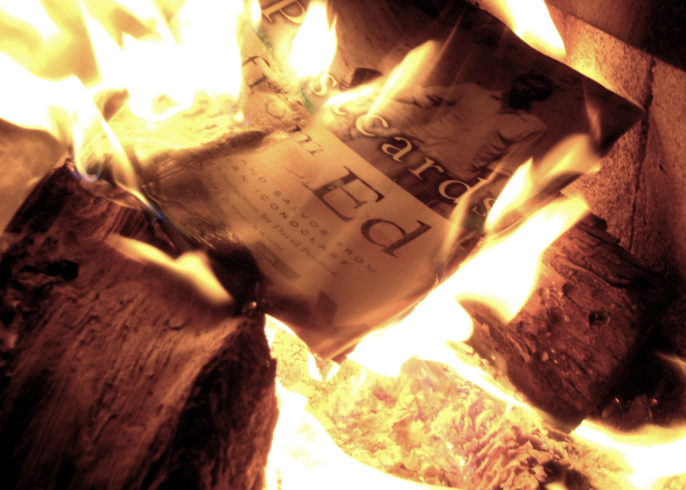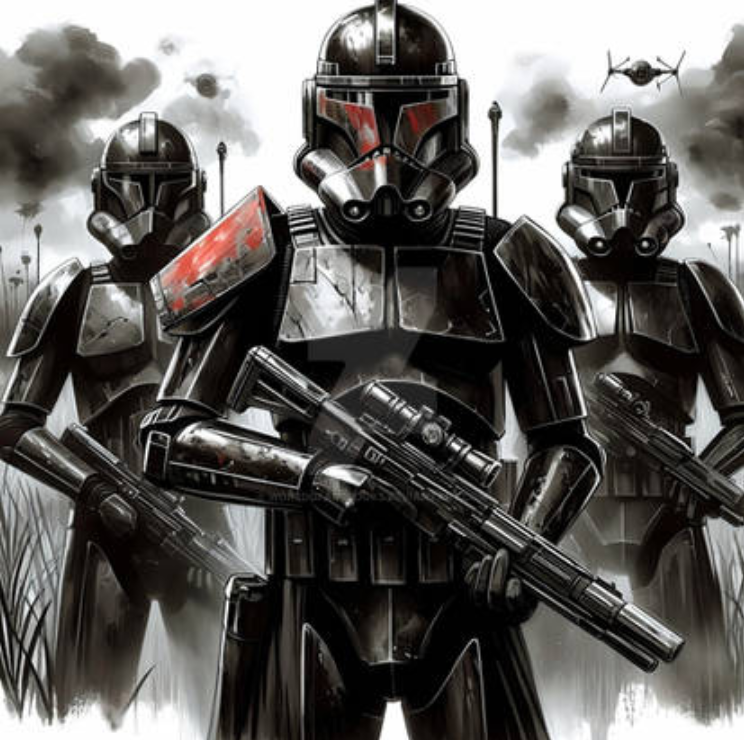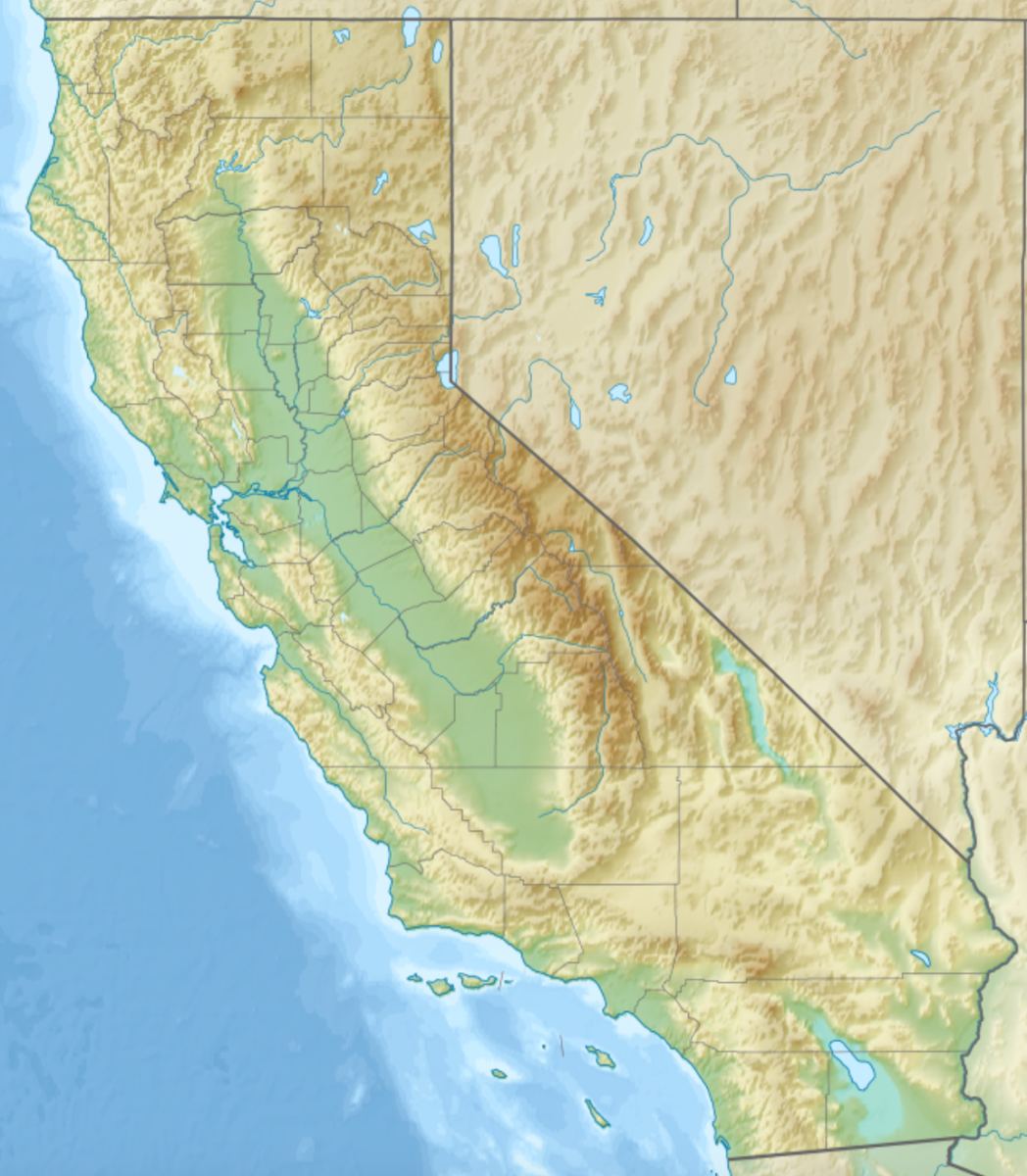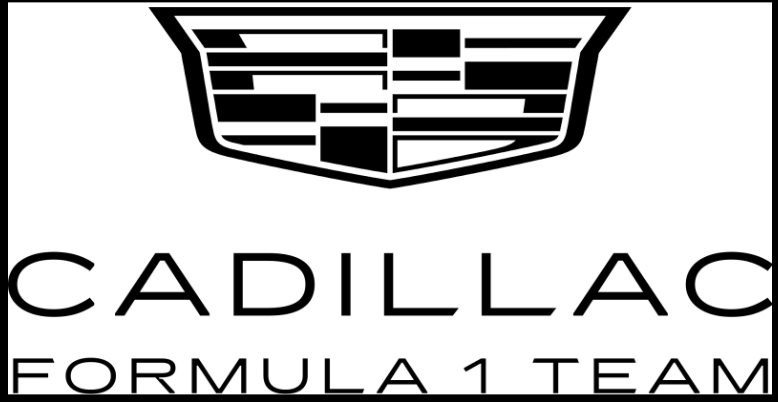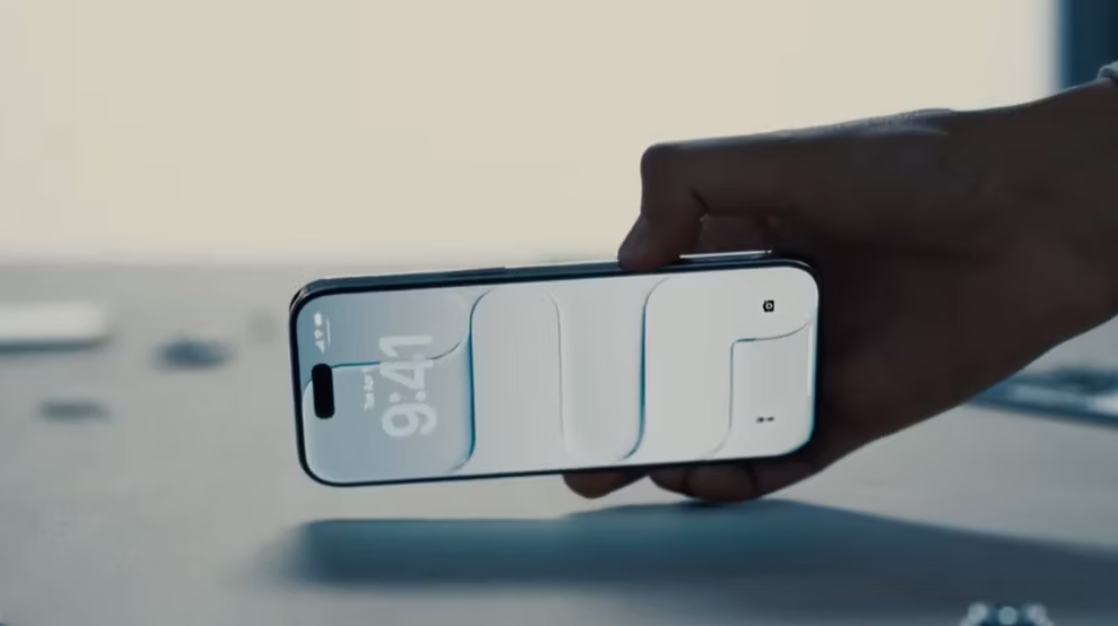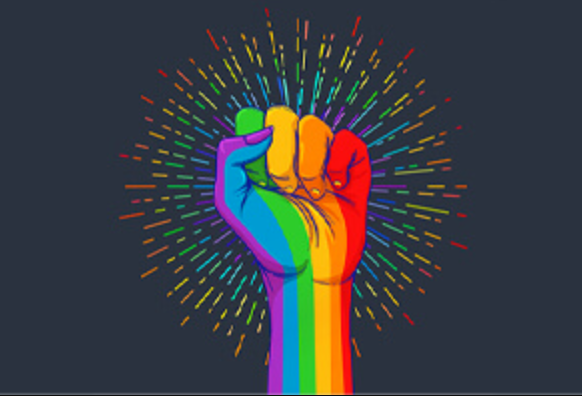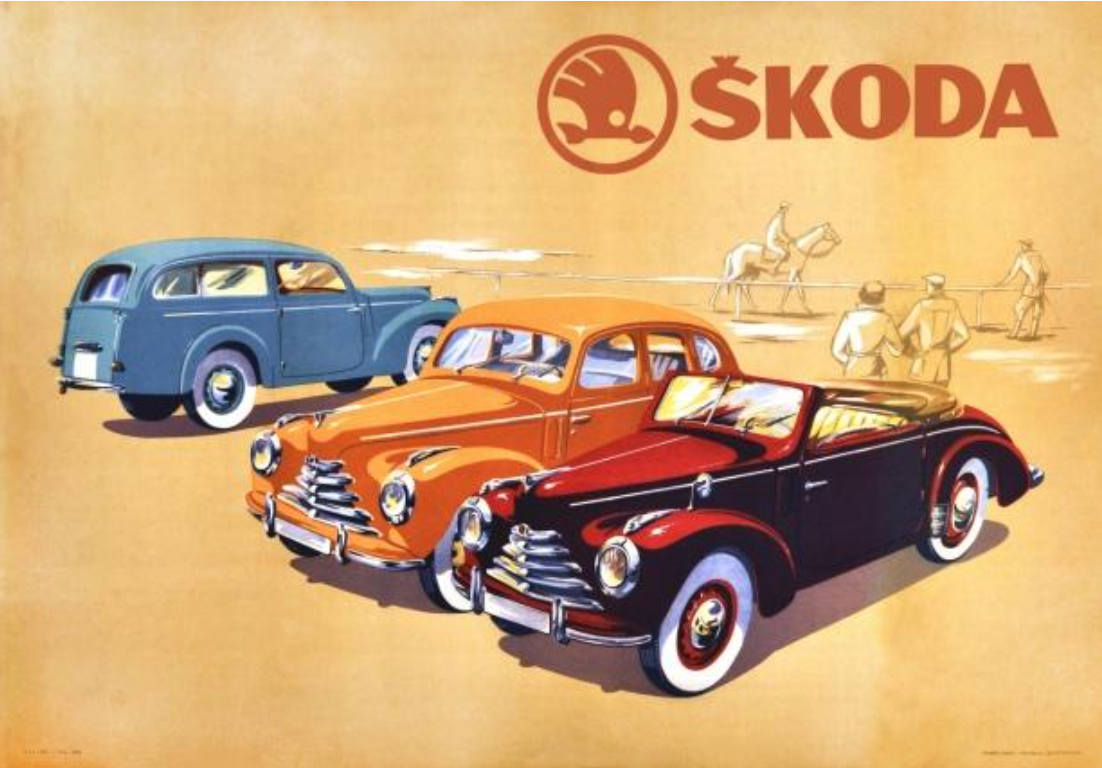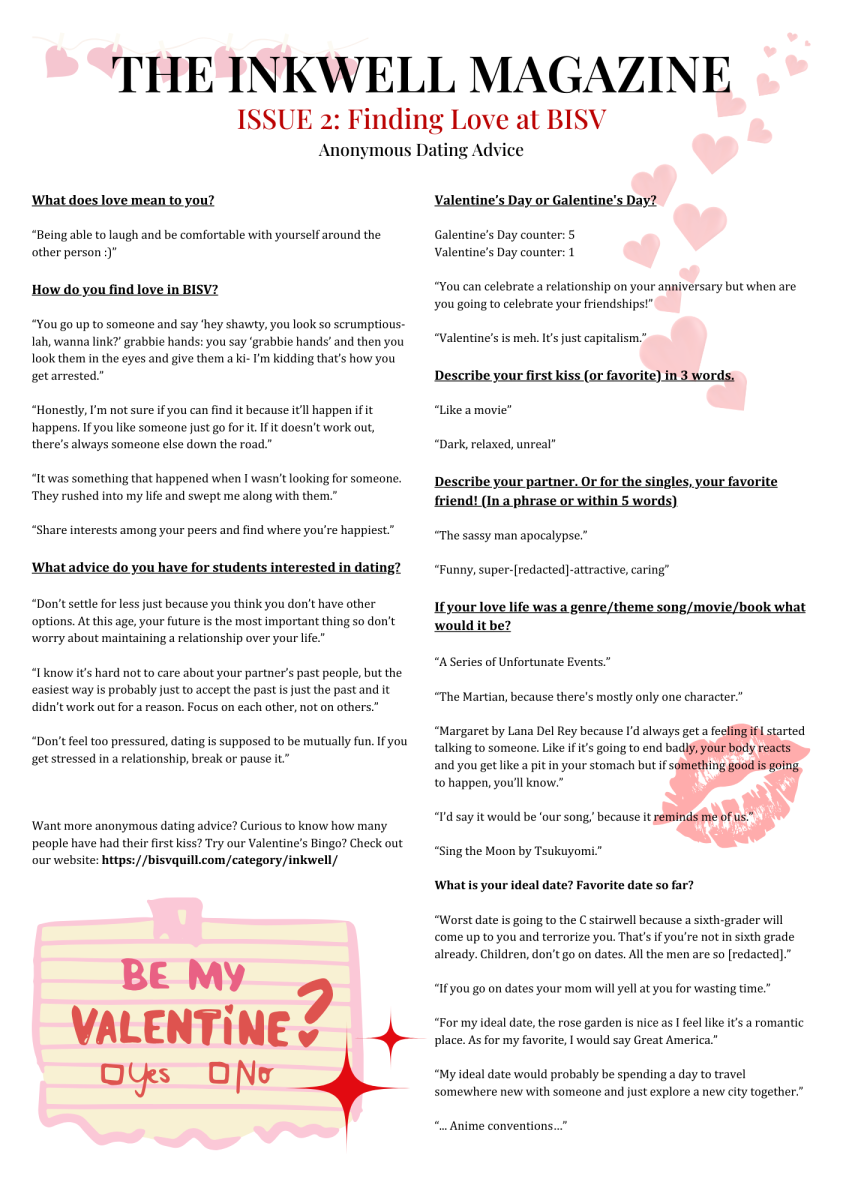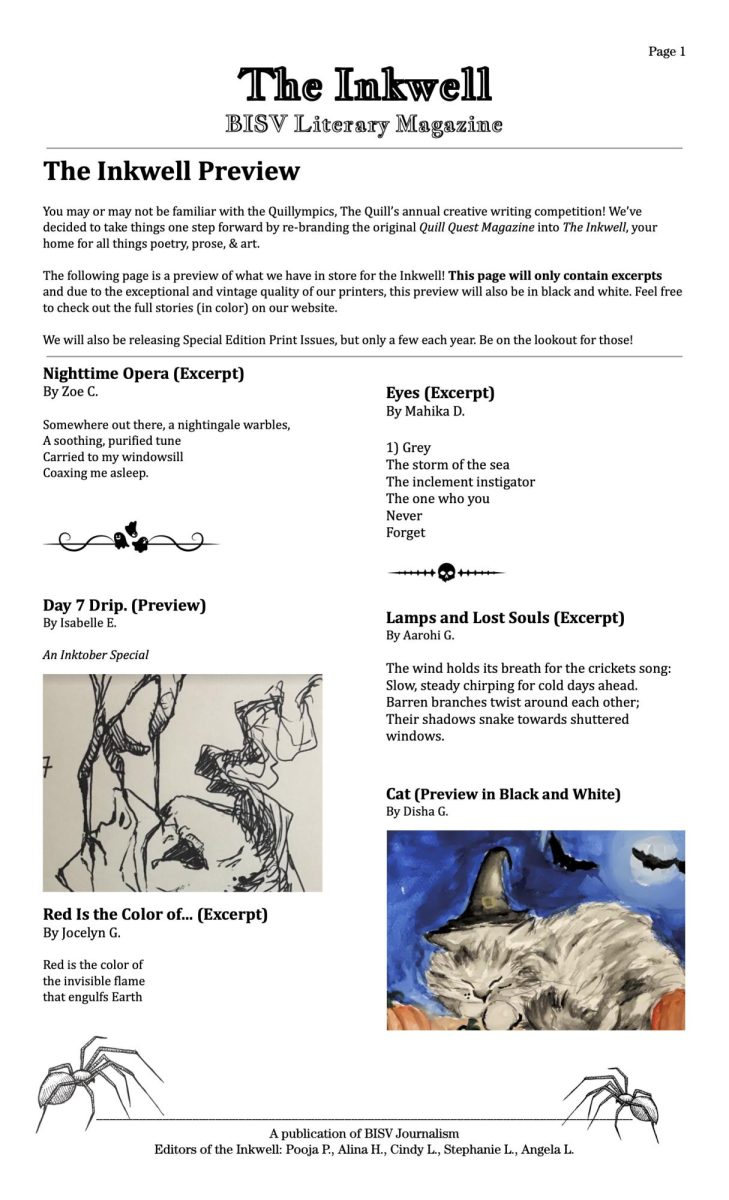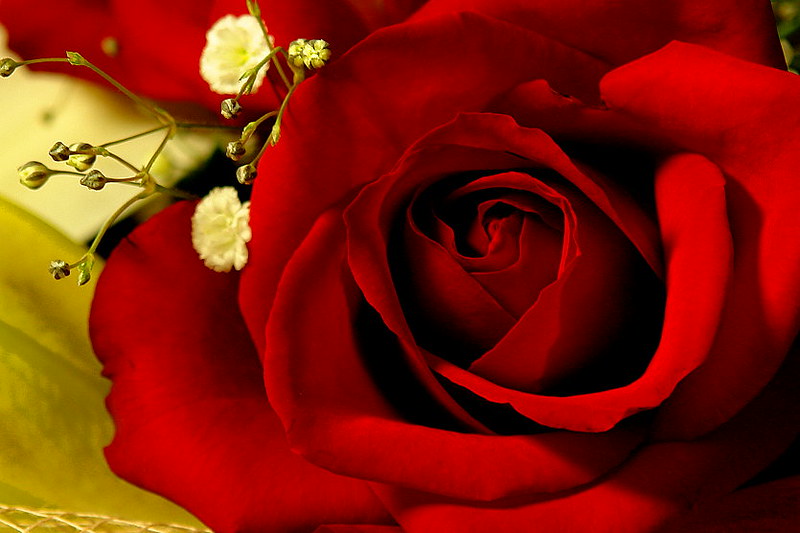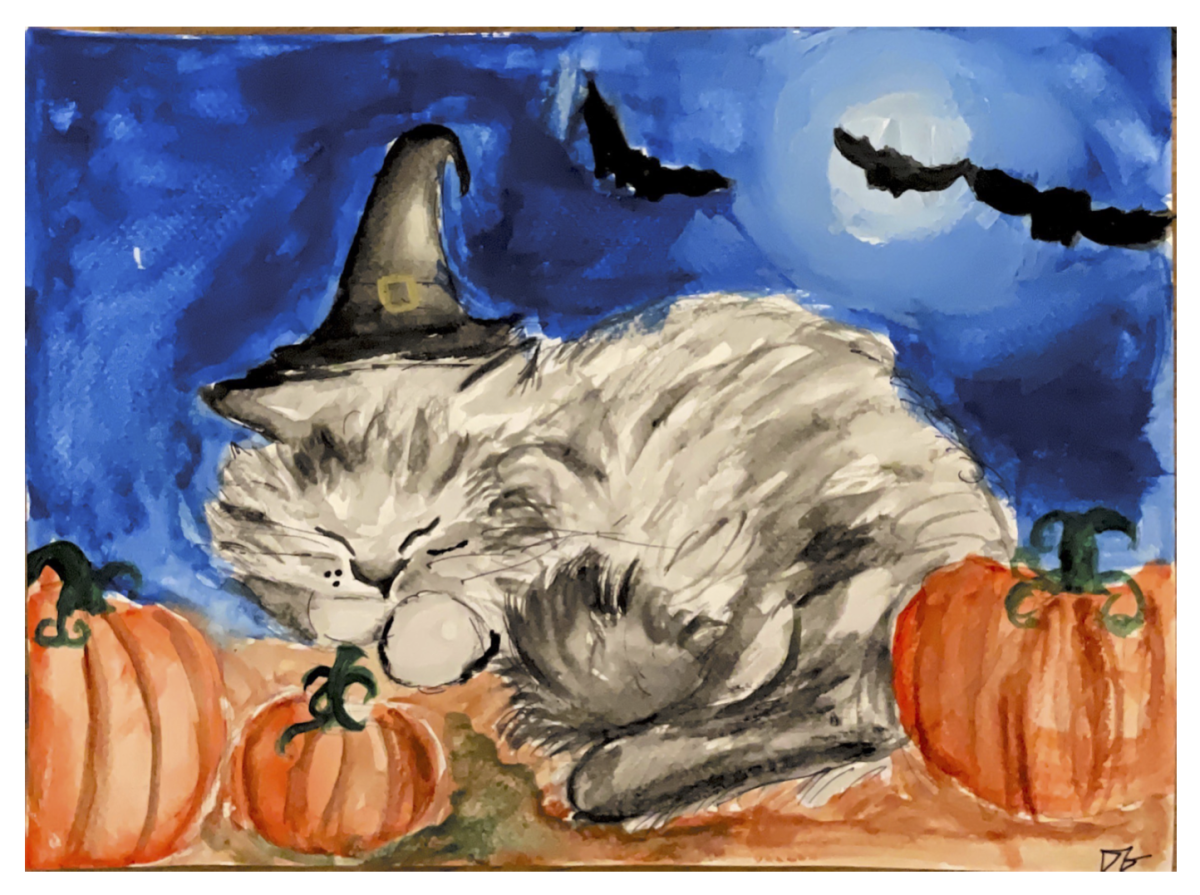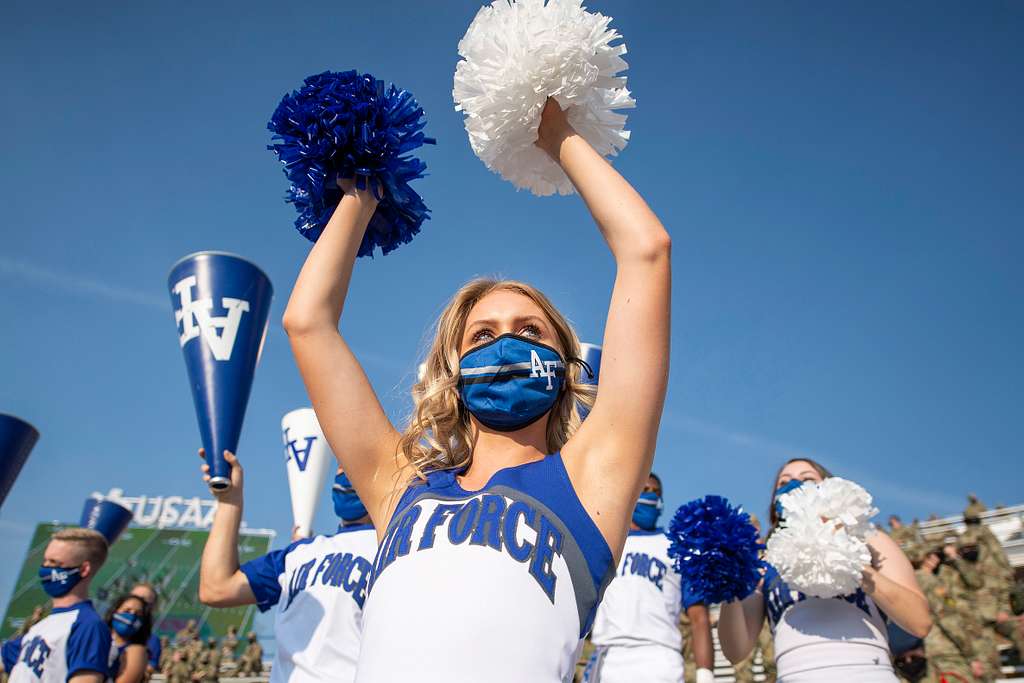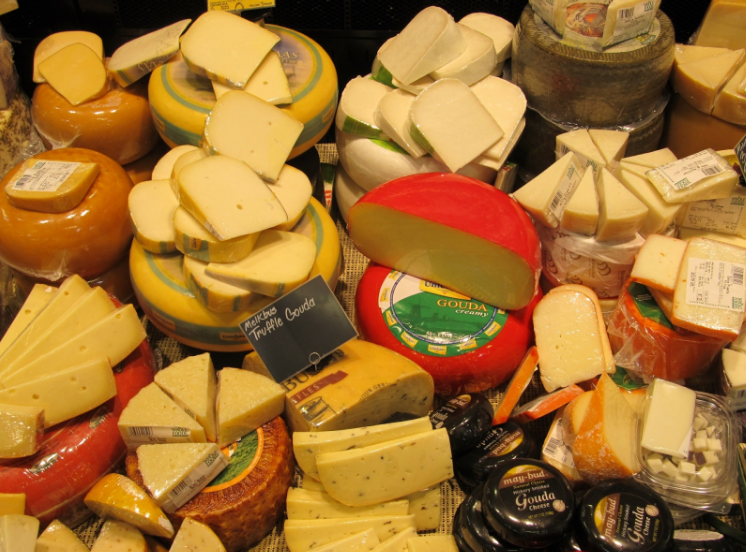“But I’m a cheerleader!” Those were the iconic words Katy spoke in defense of herself as her family and friends accused her of lesbianism. After all, how could a cheerleader be gay? “But I’m a Cheerleader” is a campy romantic comedy movie that satirizes conversion therapy—cemented by the casting of RuPaul as an “ex-gay” camp counselor. But beyond the doll-like color palette and comedy lies scorching criticism of today’s gender and sexuality constrictions.
Katy is a regular girl who has regular hobbies and has a regular boyfriend. Yeah, girls are hot, but that’s normal; every straight girl thinks that right? Unfortunately, as she is confronted by her friends to be sent to conversion therapy, this mindset turns out to be… not as common as she thought. Before she knows it, she’s thrown into a hilarious debacle where suspected-LGBTQ teenagers attempt to learn how to be straight. This, of course, has to be achieved by having every girl sleep together in one room, and every boy sleep together in another (obviously this does not work. At all.) As Katy becomes closer with rebellious Graham, burgeons of romance complicate the already confusing situation even more and Katy must navigate through her internalized homophobia to recognize her true self; yet in doing so, she risks the wrath of her close family and friends.
The plot line aside, the colors throughout the movie also hold great significance. In the beginning of the movie, the conversion therapy camp is in artificial pastel blues and pinks. The entire philosophy of the camp is to affirm gender roles in order to reinstitute heterosexuality, forcing girls to clean houses and cook, while forcing boys to chop wood and clean cars. Every girl is dressed in bright constraining pink and every boy dressed in bright blue. These strict gender roles are further reinforced when Katy’s lesbianism is blamed on her father’s joblessness years ago, where he was supported by his wife and thus “emasculated”. However, in the fateful night where Katy and Graham finally sneak out, they go into a gay club where colors are dark and smeared. Suddenly they are able to breach the strict heterosexual-gender roles that have been placed upon them for who they truly desire. When Katy finally dresses in her cheerleader clothes again, she wears bright orange, a color not associated with any gender role. Cheerleading is her passion, and as she performs the last routine to woo Graham, it’s clear that she remains in this traditionally feminine role without denying her sexual orientation or giving in to heteronormativity.
Ultimately, “But I’m a Cheerleader” is an excellent highlight in the very underrepresented genre of lesbian romance comedies. The acting is hilariously over the top, the set meticulously designed, and the satire is prominent but not overly advertised. It’s also important to keep in mind that this movie may have come out in 1999, but conversion therapy organizations and funds remain scattered all over the country. The lessons taught here may be rote, but important to understand in regards to hatefulness in our world today.
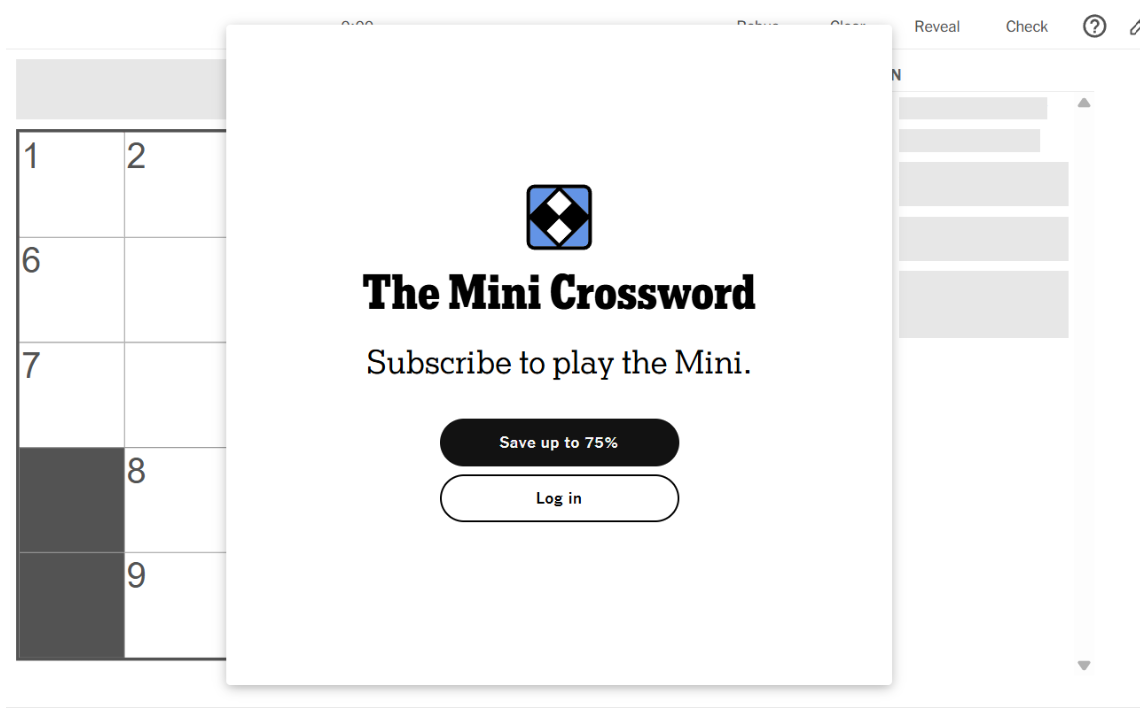


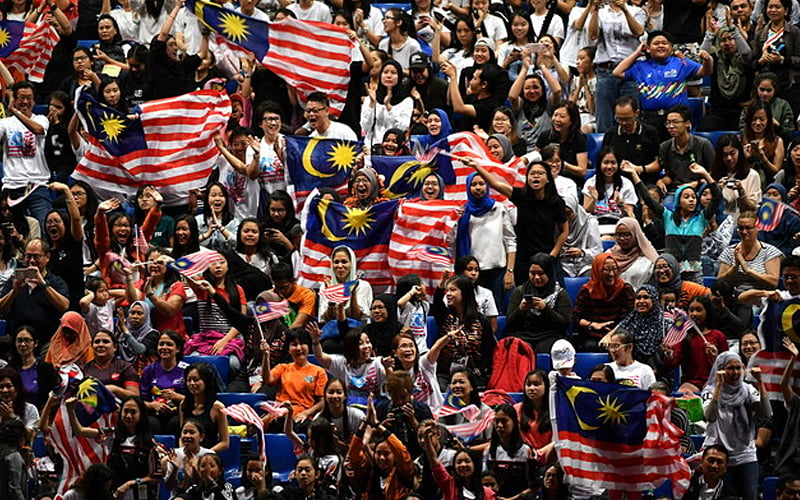
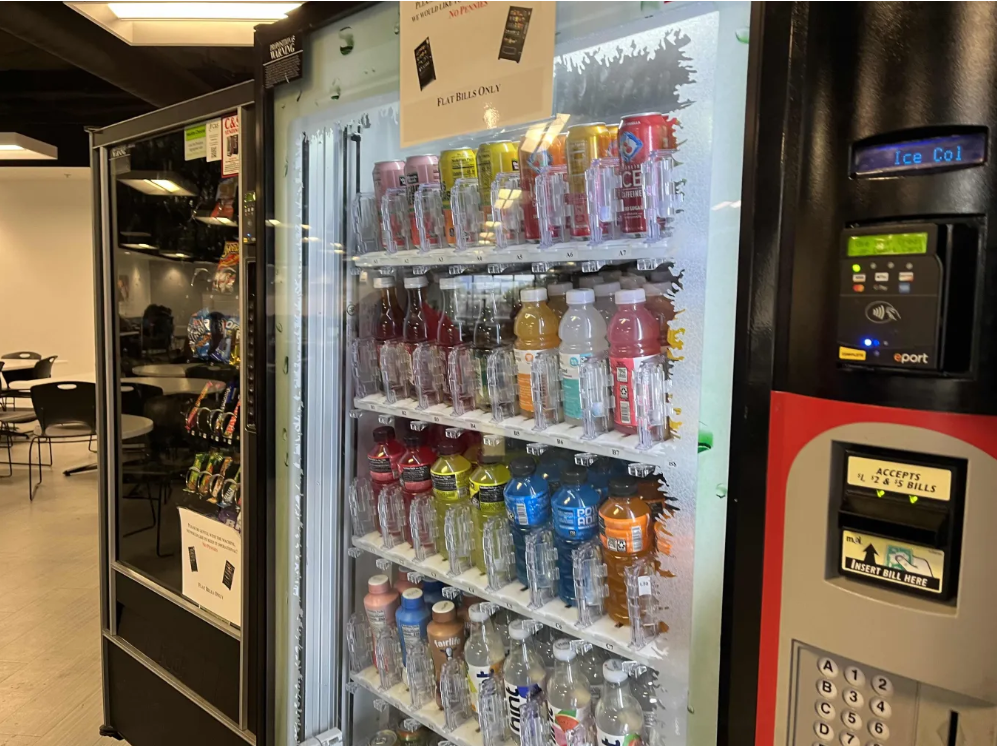
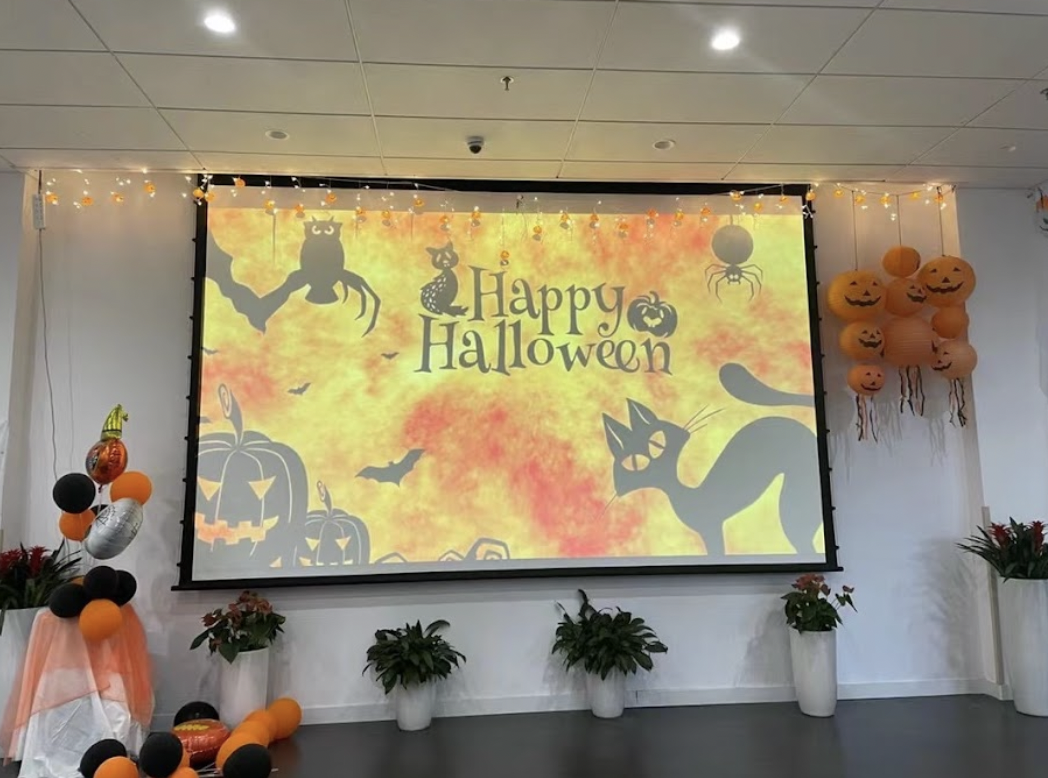
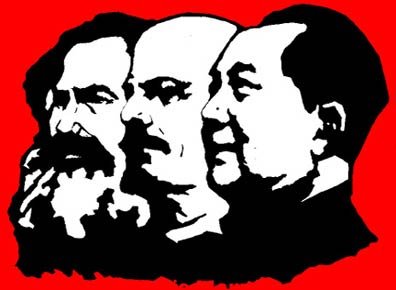

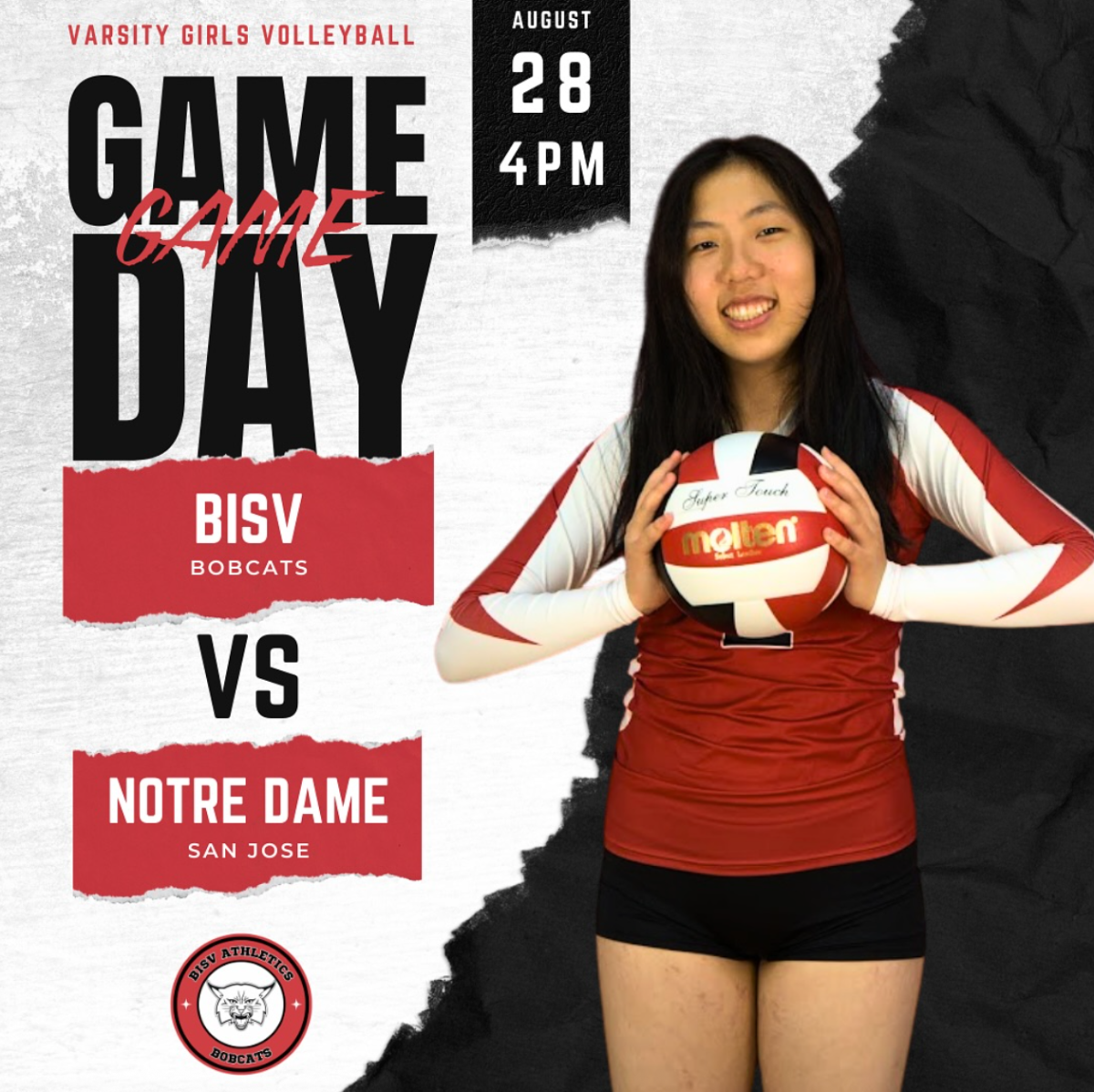
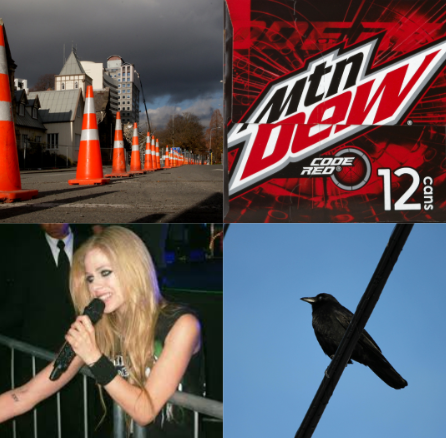
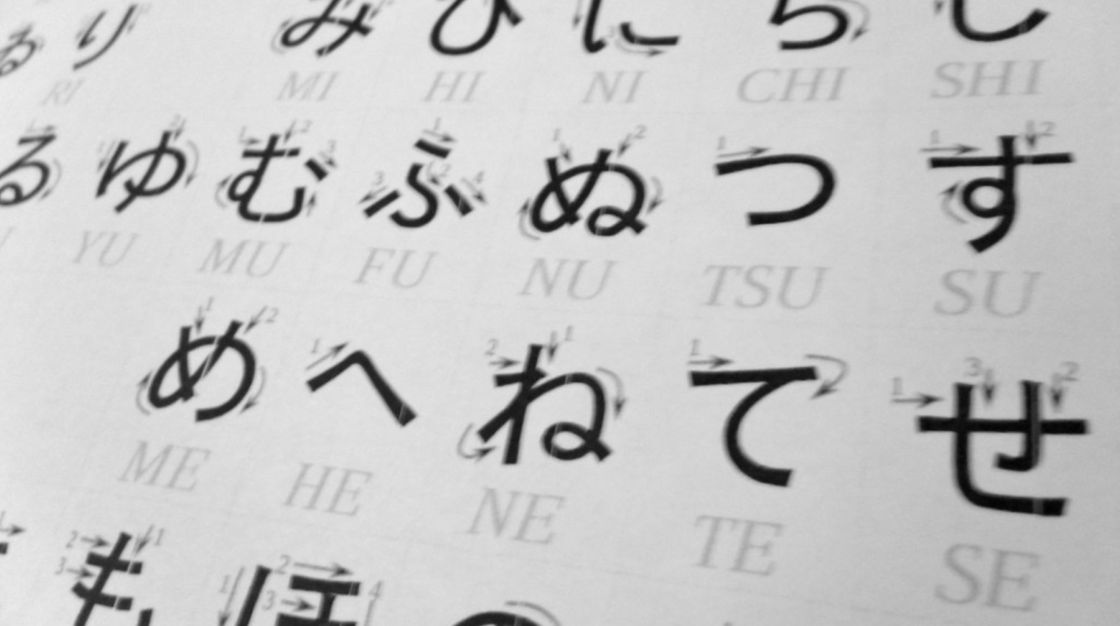


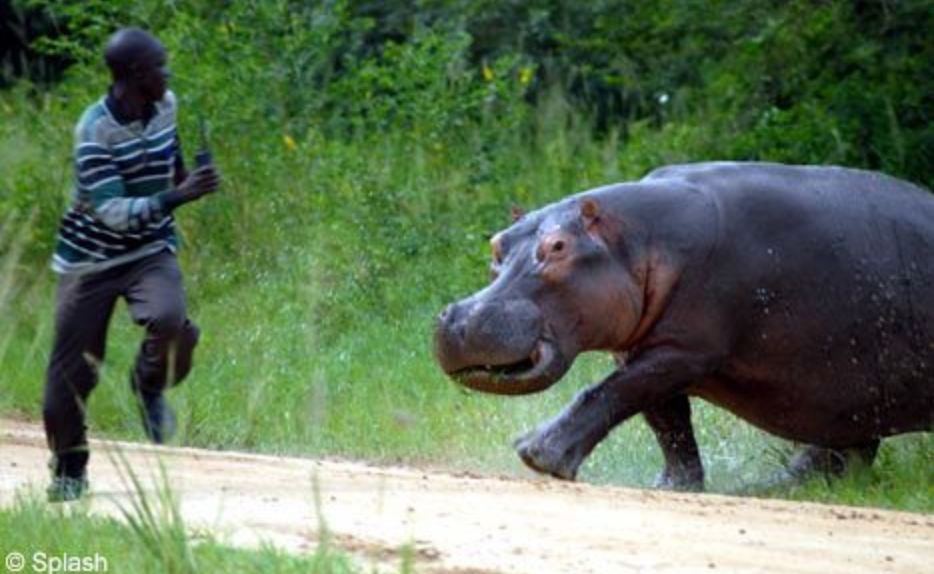
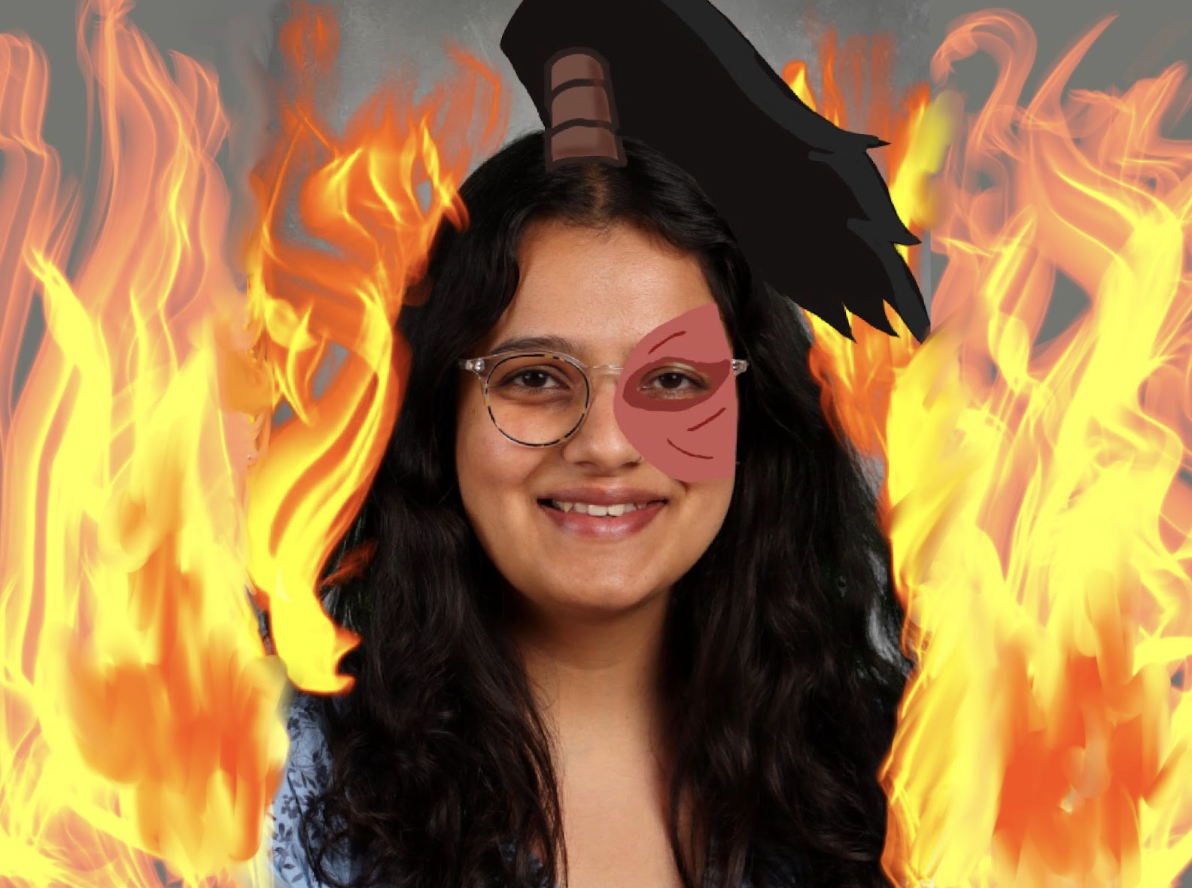


![Teacher [Milk] Tea: Part 2](https://bisvquill.com/wp-content/uploads/2024/03/Screen-Shot-2024-03-19-at-9.28.48-PM.png)


